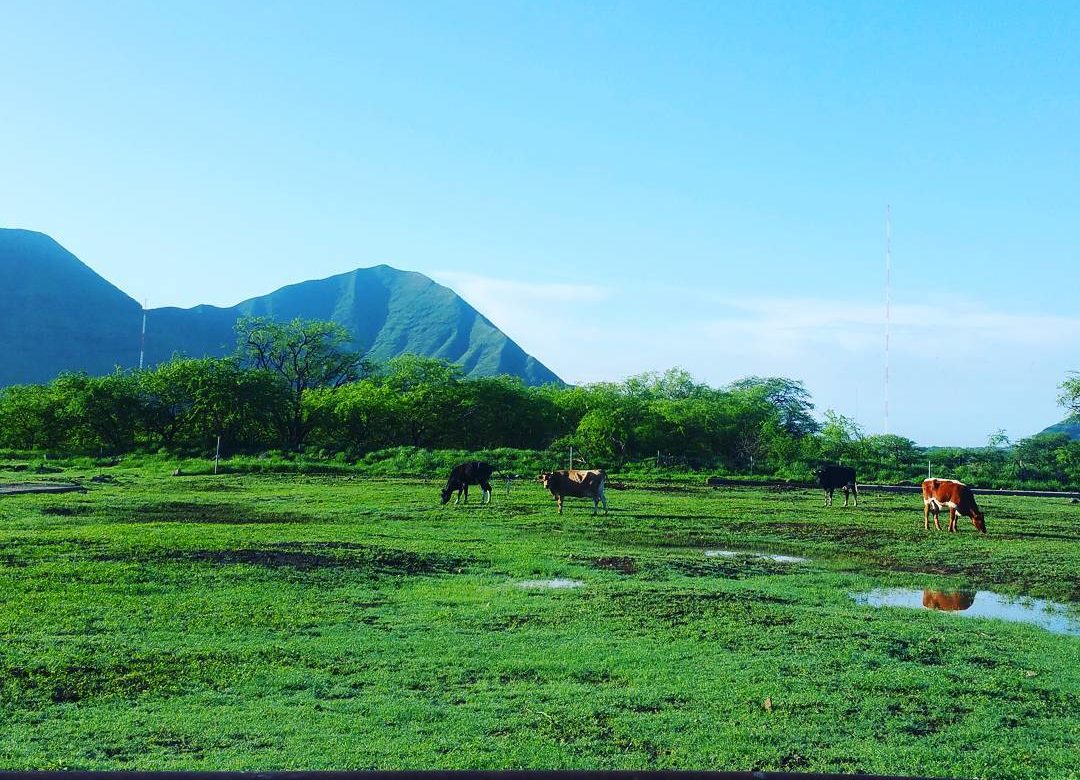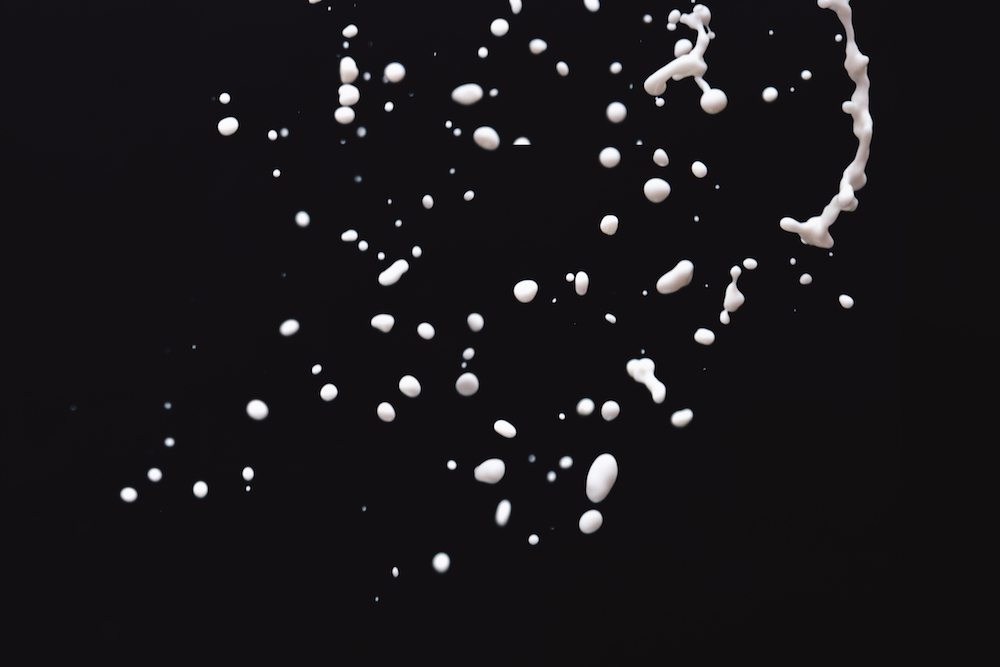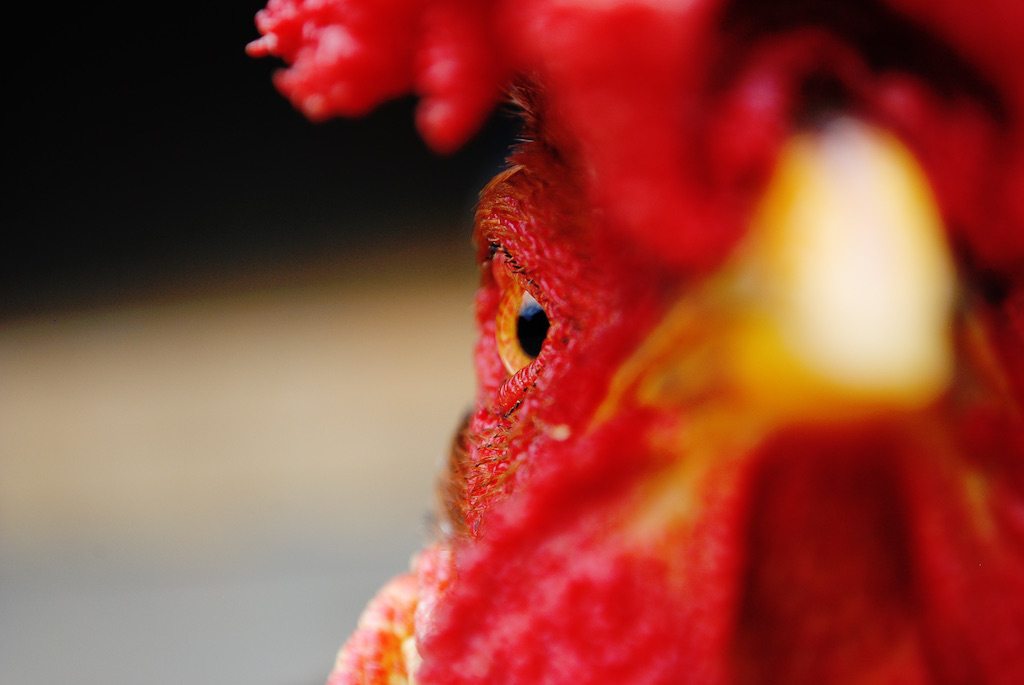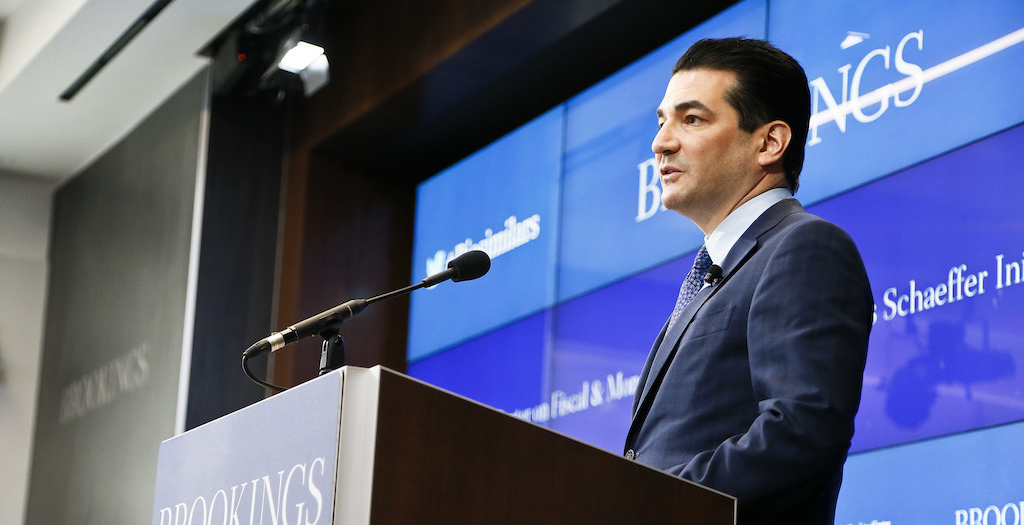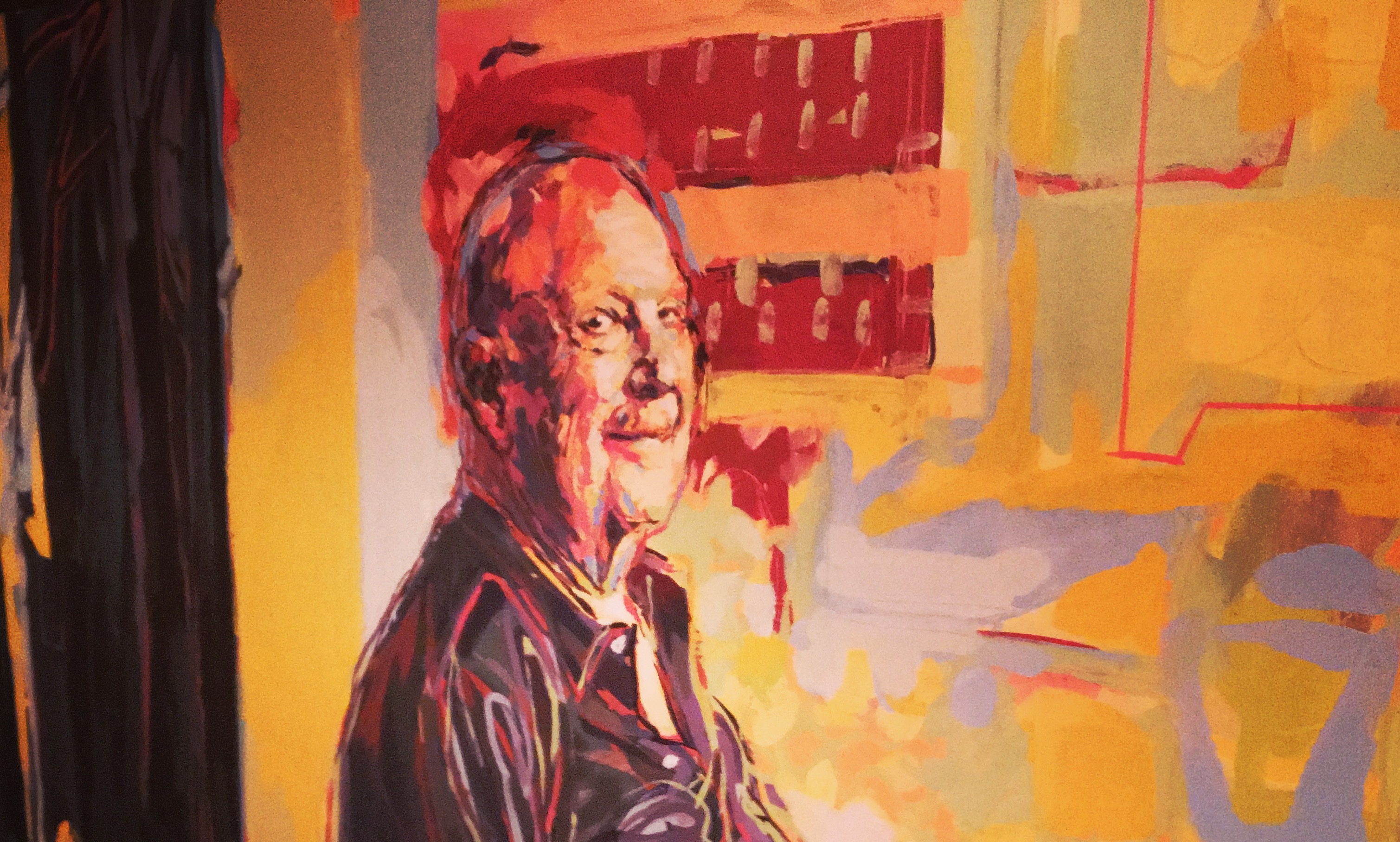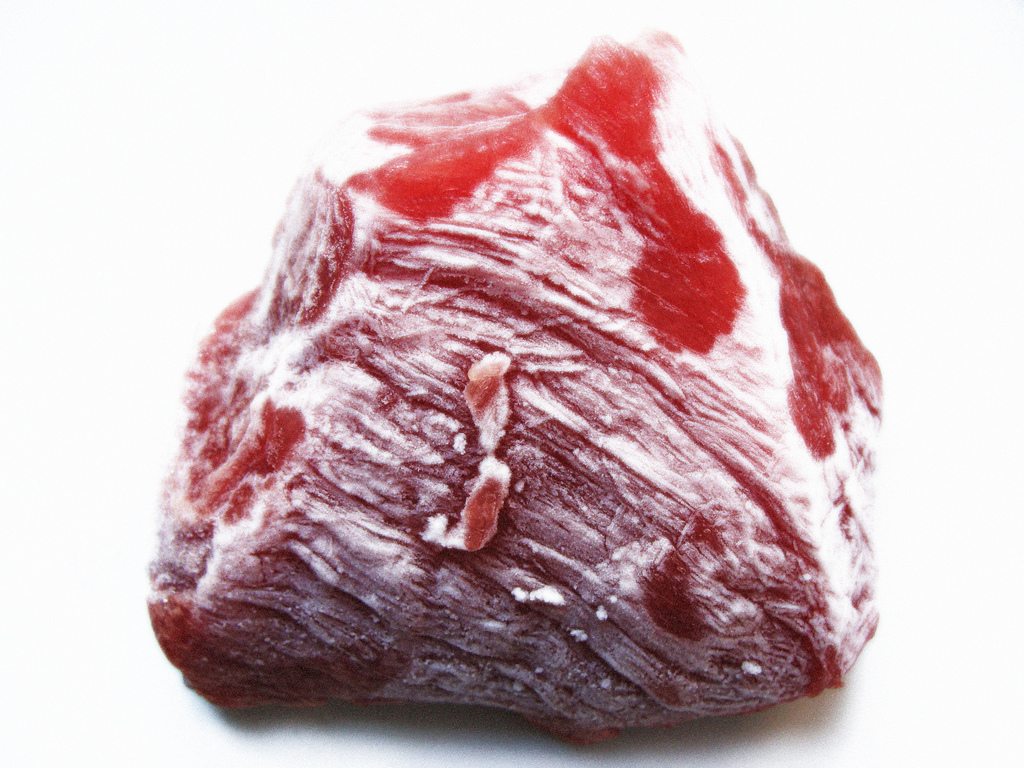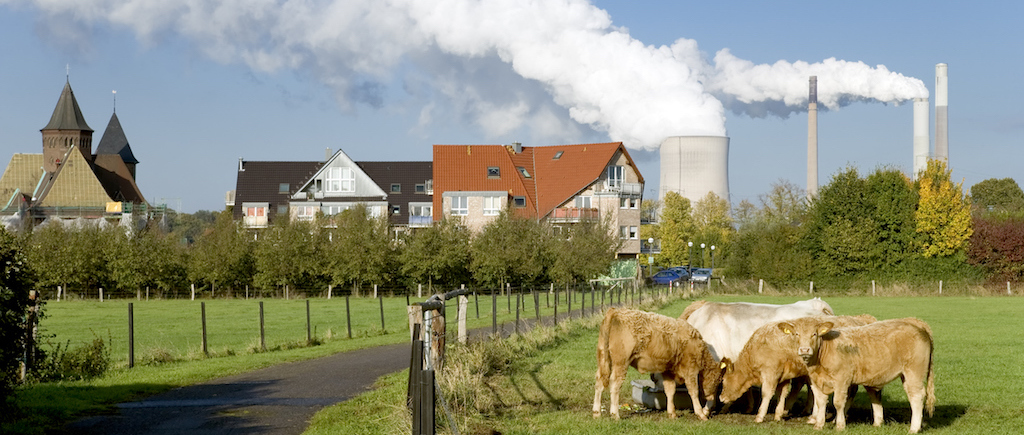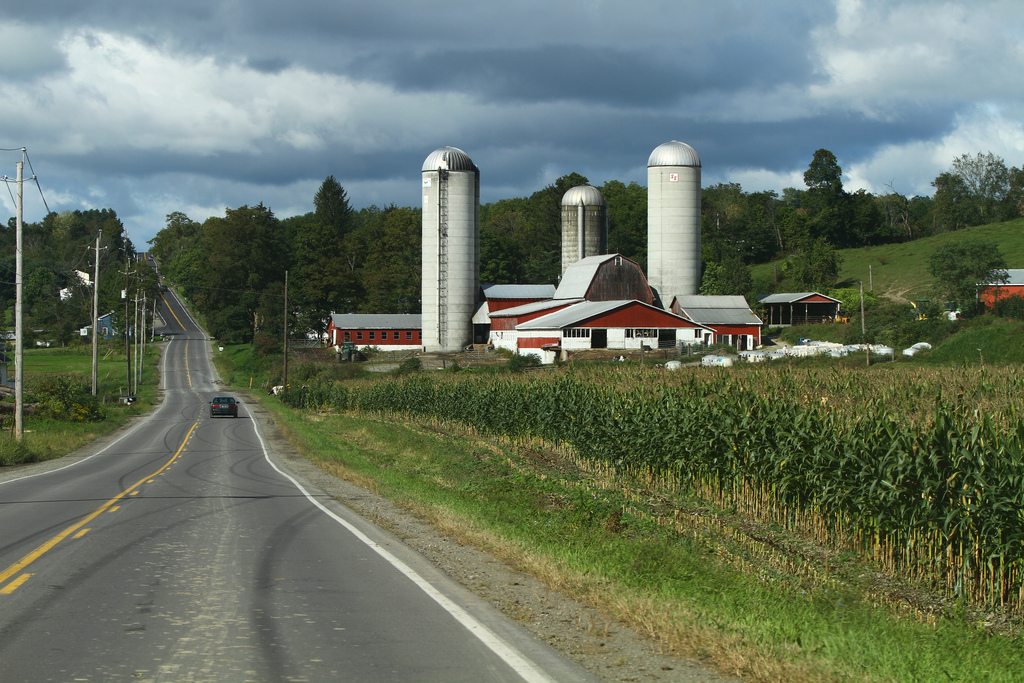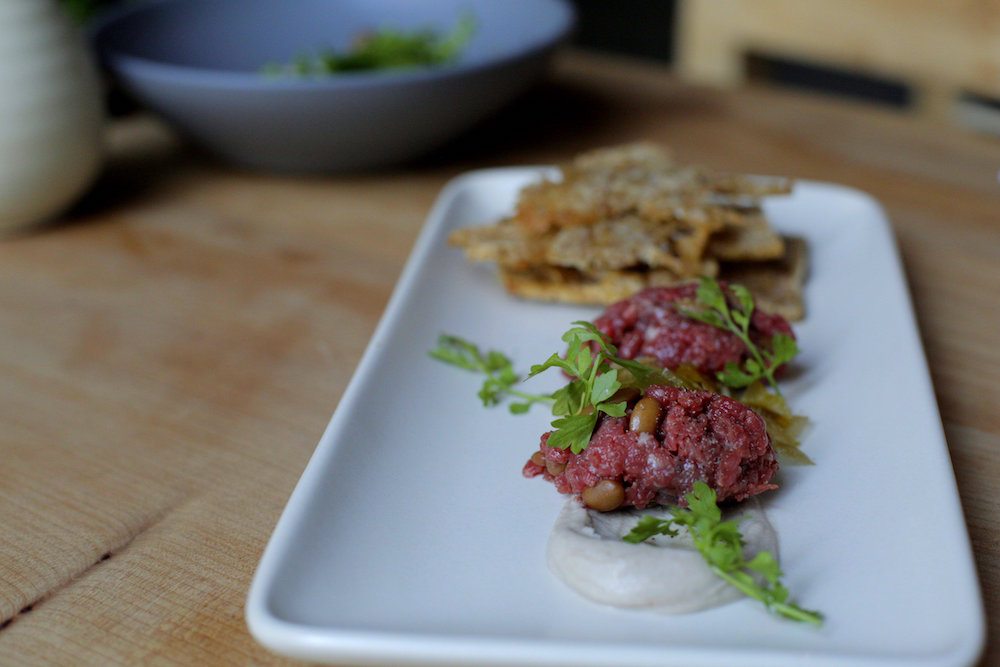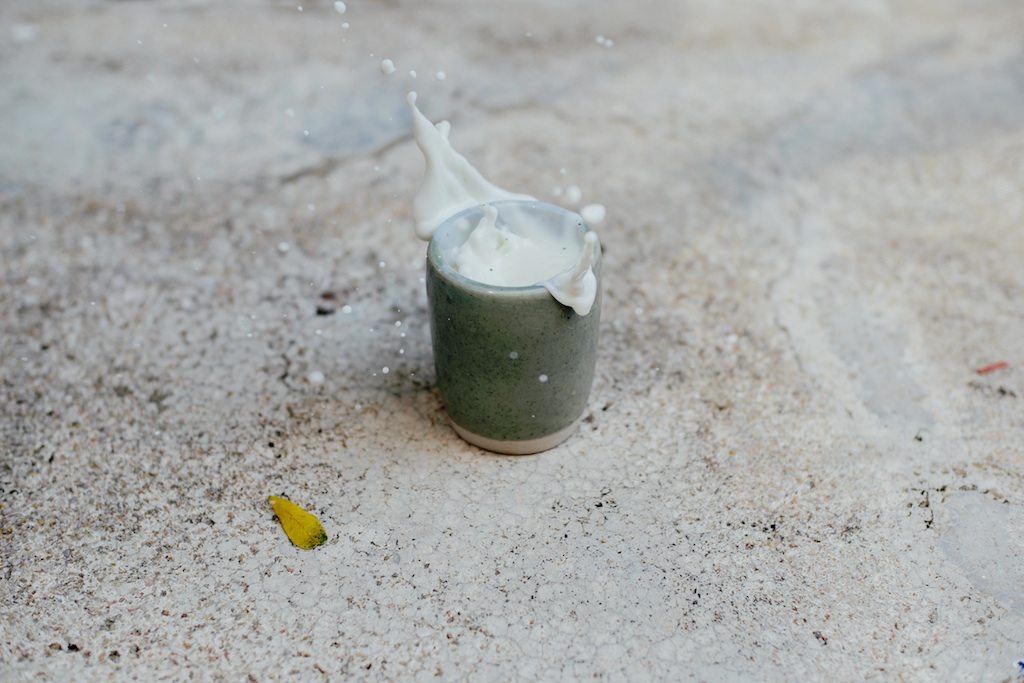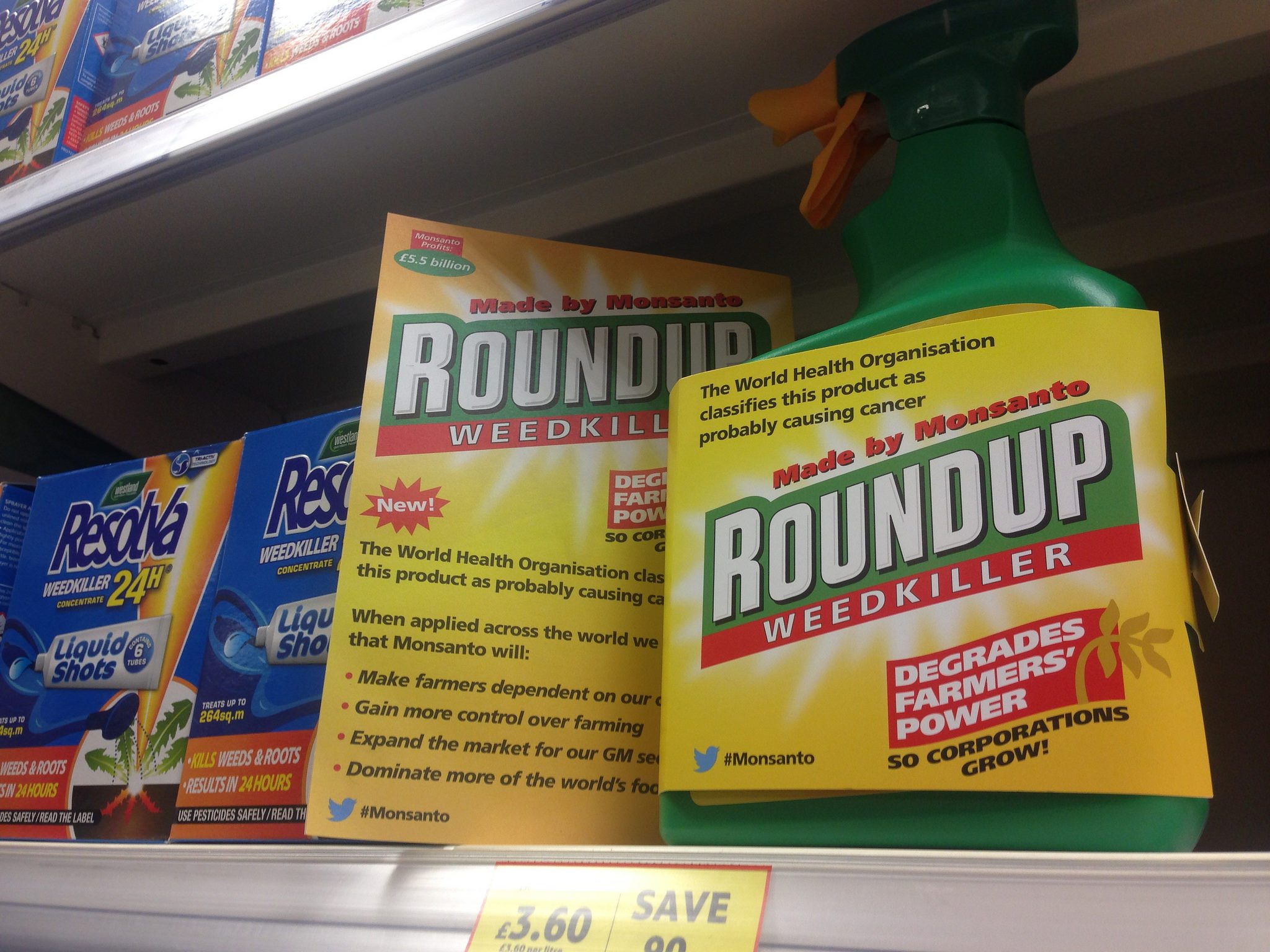“We’ve been having boys,” says Monique van der Stroom, pointing to a posse of animals at Naked Cow, the final remaining cow dairy on the island of Oahu, in Hawaii. “But we don’t need them.” She means she needs only the cows, on whose milk her business is built. But looking around the farmyard, she could also be referring to the goat, whose triplet kids nuzzle gently at her swollen nipples, the excited flock of more than 50 screeching chickens, or the ewe and her sister (that’s Laverne and Shirley to you), whose lambs don’t even seem to be able to tell them apart. Or, she could be referring to the farm itself—an all-female organization, except for one accountant.
Naked Cow Dairy, located just inland from Waianae on Oahu’s leeward coast, about 45 minutes from Honolulu, sits on a flat patch of land dwarfed by lush green cliffs. At the far end of the property, past the clucking and bleating, sits the creamery. It’s the key to how Naked Cow continues where no other dairy does. A few small rooms, a guava-wood smoker built from a converted restaurant display fridge with clear doors, and an aging room adapted from a 1963 freezer box truck form the cheese- and butter-making operation. “You have to recycle in Hawaii,” laughs van der Stroom, hinting at the difficulties of doing business on the island. Today, diners at 20 restaurants around the islands and shoppers as far away as Colorado buy the 600 pounds of cheese and 800 pounds of butter produced by Naked Cow each month. But the path to survival for Oahu’s last dairy required a hefty amount of bushwhacking.
 Naomi Tomky
Naomi Tomky Cows at Naked Cow Diary, Oahu’s last dairy
“There weren’t a whole lot of options,” she says. She had gone to school in dairy science: if she wanted to stay in her field and stay on the island, she had to create her own opportunity. At the same time, if she hoped to avoid fighting the same battles against prices limited by the Hawaii Milk Act and hampered by the Jones Act’s import and export restrictions and inflated shipping costs, she knew she would have to process the milk herself.
“Milk supply chains for Hawaii differ from those in the continental United States,” wrote Claire Gupta in her 2016 article, “Dairy’s Decline and the Politics of ‘Local’ Milk in Hawaii,” published in the journal Food, Culture & Society. That’s because of the extreme distances the perishable product needs to travel. “The trajectory of milk production in Hawaii has precluded the survival of such regionalized milksheds,” Gupta continued, making it cheaper to import milk from the U.S. mainland than to source it from within the islands. The imported milk, though, unlike the local milk or most milk on the mainland, is all double-pasteurized.
Hawaii’s first commercial dairy farm opened in 1869. By the early 20th century, dairies were thriving. Gupta noted that there were as many as 86 in 1955. But the growth of production wasn’t met by the capacity of local processors, leading the state to step in and create the Hawaii Milk Act in 1967. Establishing quotas and fixing prices, the act was originally intended to ensure that enough milk was produced and at an affordable price for the dairies.
 Naomi Tomky
Naomi Tomky Monique van der Stroom (center) inspects a wheel of squid ink brie—made locally with milk from her herd and aged in a converted freezer box truck
“Dairy farms went the way of poultry farms,” laments Catherine Toth Fox, the food editor at Honolulu Magazine, listing off the myriad problems that both industries face: transportation expenses, lack of a slaughterhouse, and the price of feed. Naked Cow estimates that it pays 2.5 times the cost of mainland dairies, since it imports all of its feed.
But the geographical consequences are matched by political ones. Gupta and van der Stroom both emphasize the effects of the Milk Act. Inflation, retail pricing, and sales all fluctuated, but the fixed prices that processors paid for milk from the dairies didn’t—and still don’t.
“If I sell to a processing plant in Honolulu,” says van der Stroom, “the State dictates what they can pay me.” She calls the process outdated and blames the Act for many of the island’s dairy closures. That’s why, when faced with her employer’s own closure, van der Stroom knew she’d have to find a way around the Act by processing her own milk. “On the mainland,” she says, “you can have a small farm and ship your milk to one of 20,000 processors.” But on Oahu, she had one option and it wasn’t good. So, instead, she learned how to process the milk, transform it into consumer products, and market it.
 Naomi Tomky
Naomi Tomky Left, the view from Naked Cow. Right, butters and cheeses laid out in the tasting room.
But the market ethos of making and buying local dairy has continued to be Naked Cow’s driving force. “The local food trend,” says van der Stroom, “is the only reason we are in business.” So, she plays that up in the dairy’s cheeses, which include particularly Hawaiian twists. Take the Vog, for instance, a gouda smoked with guava wood in the converted beverage cooler and named for Hawaii’s famous volcanic fog. Or the pink peppercorn version, which helps to eradicate an invasive plant species when it’s used to spike the wheels. The butters incorporate local honey, Hawaiian sea salt, and even Kona coffee. That makes them unique, but also commands a price point that works for a farm whose milk costs $8 a gallon to produce.
“We don’t just put in regular salt or chiles that you can buy,” van der Stroom says. “We put in good ingredients, nothing that can be bought for a dime a dozen.” She eschews categories like cheddar or mozzarella, which would require Naked Cow to compete with producers aiming to make cheese for the lowest price.
Throughout the start-up process, van der Stroom felt that she was just doing what she needed to do to survive in her industry, where she lived—that it was just another venture. But as the dairy started to garner attention with articles in magazines and a television appearance, she came to a realization: “Maybe this is kind of special.”
 Naomi Tomky
Naomi Tomky Naked Cow owner Monique van der Stroom poses with an employee outside the aging room, a converted freezer box truck
In order for local producers to see a marked difference in their bottom lines, both Toth Fox and van der Stroom say the state bears some responsibility. “I want to support local,” says Toth Fox. “But the state needs to support local.” While van der Stroom hesitates to advocate specifically for government interference, she does add that small concessions—offering incentives to ease costs for producers of local food—would allow local dairy to at least approach the price of imported products, rather than continue to be double. “I would need help to get my $8-a-gallon milk to be more competitive,” she admits. And with a little boost from the state, or even without, van der Stroom hasn’t completely ruled out trying to sell her milk for drinking. “I still believe there’s a place for milk on this island,” she says.
And she’s always looking for that place—searching for a bigger location for the farm and a spot where she could open a cheese shop closer to the island’s population center in Honolulu. She’d move the creamery there, as well, to provide both a convenient pick-up location and the opportunity for eaters to see the cheesemaking process in person. In the meantime, she continues to find new ways to move the business forward—and keep her place-specific, niche cheese offerings unique. She emerges from the box-truck aging room holding a few wrinkly gray rounds. “Squid ink brie!” she grins. “I call it ‘Ocean Brieze.’”
